Angus Young’s Gear: The Greatest Guitarists of All Time
What Makes the AC/DC Frontman so Special?
Some guitarists are instantly recognizable. With Angus Young, one chord is enough for me. Add to that (at least live and in my mind’s eye) an unmistakable visual signature: school uniform, duck walk, flying hair. He has been the face and driving force behind AC/DC since the 1970s. Angus Young’s gear embodies the purism of rock ‘n’ roll, and anyone wondering how to create a signature sound with just a few ingredients should take a closer look at Young’s approach. In this article, we take an in-depth look at Angus Young’s gear – from his SGs and Marshall stacks to the mysterious wireless system that helped shape his sound.
All About Angus Young’s Gear
Simplicity with a System – Angus’ Style
Hardly anyone would call Angus Young a virtuoso guitar god. He’s no Steve Vai, no John Petrucci, no lightning-fast string acrobat. But to me, that’s exactly what makes him unique. Compared to others, his playing is almost raw, direct, and to the point that you almost forget how complex it is. Listen to the records carefully. There’s more to them than meets your ear.
As a good rocker, the foundation of his playing is, of course, the good old pentatonic scale. Then there is timing, dynamics, and an unwavering sense of rhythm in tandem with his brother Malcolm, who sadly passed away too soon.
As a solo guitarist, the younger Young brother has always been more in the spotlight than his brother. On closer analysis, the classic AC/DC solos rarely consist of more than two or three licks, but they burn themselves into your brain. Your head is nodding, your foot is tapping, you know how it is. You can’t do it better. More technical, more colorful, more dazzling? Yes. Better? No.
Guitars: SG Forever
When you think of Angus Young’s gear, you automatically think of the Gibson SG. In my mind’s eye it’s a red SG Standard, but a black SG Custom is also acceptable. It was only while working on this article that I realized that Angus has been playing almost exclusively SGs since the early 1970s. Difficult to find some usable pictures with other guitars…
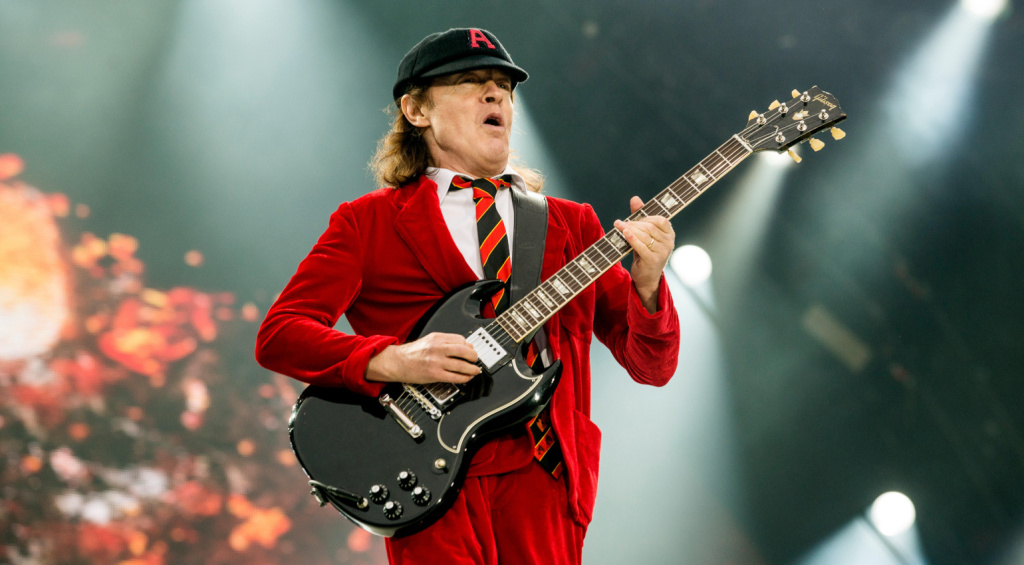
But I understand why: the SG is light, aggressive, no-frills, and delivers exactly the sharp, snotty tone that harmonizes so well with the AC/DC sound.
The double-cutaway design allows for easy access to the highest frets, while the slim, flat-profile neck lends itself to an energetic playing style. And the relatively light weight will come in handy during a 180-minute duckwalk marathon on stage. Read more about the myth of lightweight guitars here: The unbearable lightness of being.




Signature Models?
What could be more natural for such an iconic player than to release one signature SG after another? But just like Angus Young’s gear, his collaboration with Gibson is more “minimalist”. In 2010 there was an Angus Young Signature SG in elegant black with an ebony fingerboard and lightning inlays, but that was it. The fact that this gem is now sold out speaks for itself… So, Gibson, I wouldn’t be against it.
Other than that, it’s like so often with Angus Young gear: keep it simple. In our case, SG or nothing.
Amps: Marshall Rules
He really doesn’t make it easy for me. But as with the guitars, there are few surprises in the amp section: Angus Young’s gear and his sound are inextricably linked to the British heritage brand Marshall. While I would normally be philosophizing about modeling amps, digital profiling systems or boutique brands at this point, Angus sticks with what has always worked. Loud, warm, direct and uncompromising. I call it the fascination of tube amps.
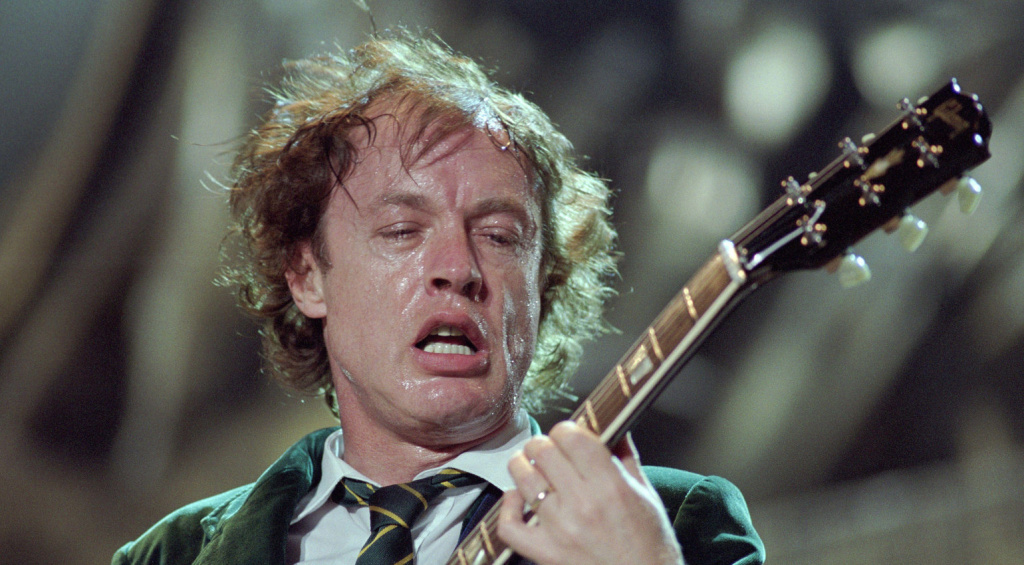
AC/DC’s guitar sound thrives on the clarity and power of the Young brothers. And that’s exactly what the old Marshall towers deliver when you push them to their limits. No master volume, no effects loop-just plug in your guitar, turn everything up to ten, and go. The tone comes from the power amp, the wood of the cabinet, and the interaction with the room. It’s a sound that lives and breathes – but only if you let it. And if you can somehow stand to exist at that volume. Cabinets of the world, we call you!
Marshall JMP1959
For decades, the most important amp in Angus Young’s rig has been the Marshall 1959 Super Lead Plexi, a 100-watt tube monster with a brutal punch. As impressive as that may sound, the thing is actually quite simple: it has no master volume, no gain control, and no fancy features. If you want to overdrive it, you have to turn it up really loud. Yes, really loud.
The sound, however, is surprisingly clear. Unlike many modern high-gain amps, the Super Lead doesn’t automatically deliver massive distortion, but remains almost clean at moderate volumes. Only at concert volume (100 watt tube…) does the amp start to saturate. The tone gains warmth, sharpness, and a wonderfully vivid overdrive that cuts through the mix without muddying things up.
Combined with the right 4×12″ cabinet (equipped with Celestion G12M Greenbacks, of course), the result is a sound that has become a trademark: hard, honest, and yet musical.

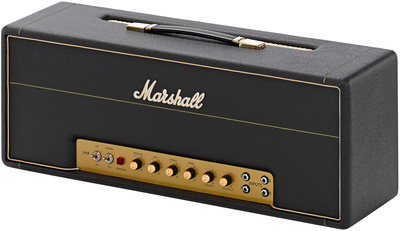

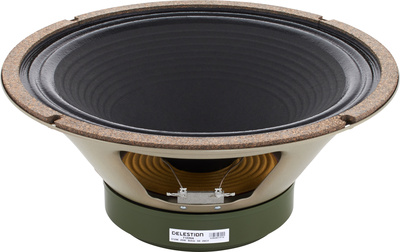
Marshall JMP 2203
In addition to the 1959SLP, other Marshall models were used over the years, such as the JMP 2203, another 100-watt classic with master volume. It was mainly used as a backup for live shows or smaller venues where the Super Lead would have been too loud (yes, that happens). Sonically, it’s a bit tighter and more aggressive, but at its core, the signature profile remains intact.
Closely related to the JCM 800, which is still available today, the 2203 delivers the classic British sound with confidence and independence. For me personally, it’s still a bit too powerful (I love the slightly smaller SC20H), but with the right setup or a quality load box (I still have fond memories of the Palmer Supreme Soaker), it’s a great-sounding amp with everything you need for THAT classic rock sound.

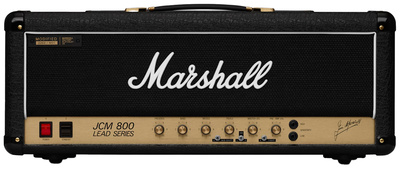

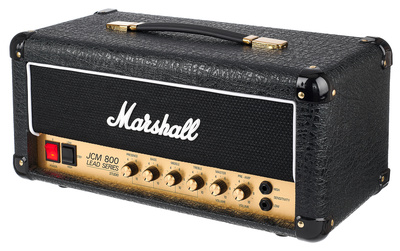
Effects? What Kind?
When it comes to effects pedals, Angus Young’s gear is an almost bizarre rejection of anything that flashes, beeps, or modulates. No delay, no reverb, no overdrive. The guitar sound comes straight from the amp. But there is one exception that has had a significant impact on its sound – completely unintentional. At least, that’s the story:
In the 1970s, Angus relied on the then-new Schaffer-Vega Diversity System, a wireless transmission system for guitar signals. This system slightly compressed and colored the signal, with the surprising effect of making the tone fatter, louder, and more assertive. Especially during solos, the Schaffer system had a kind of built-in boost that made the guitar really light up.
For decades, this “secret trick” was known only to a few – until the company SoloDallas developed a replica of the Schaffer system, first as a tower version and later as a pedal. Angus himself has returned to using this effect since it became available in this new form.
Tip: If you want to recreate this effect without the original device (no longer available…), you can experiment with a transparent booster – e.g. the MXR Micro Amp, the TC Electronic Spark Booster, or a parametric EQ with a slight boost in the mids.

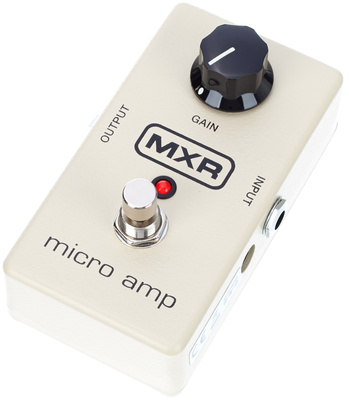

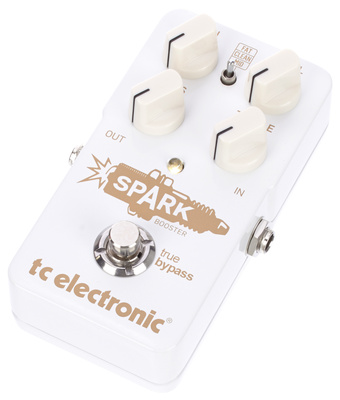

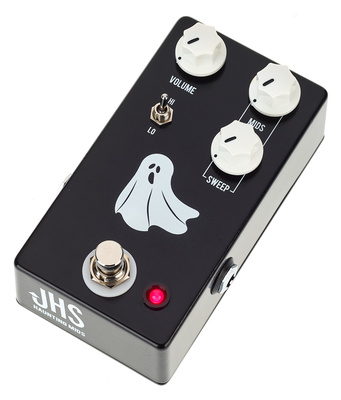
Studio vs. Live: No Gimmicks, No Layering
Even in the studio, Angus Young’s equipment is that of a purist. While modern productions often consist of dozens of guitar tracks, plugins and layers, Angus sticks to the one-take principle: many of AC/DC’s most famous riffs were recorded in just a few takes – often without overdubs, and often with the entire band playing live in the studio.
What’s remarkable is that the guitar sound on the record is almost indistinguishable from the live sound (see also the video above). This is not only due to the purist setup, but also to the fact that Angus and the production team – led by legendary producer Mutt Lange – took care to keep the sound authentic and dynamic.
If you want to try your hand at recording with a setup similar to Angus Young’s, check out this article: Microphone Techniques for Guitarists.
Legacy: The Last of Its Kind?
Angus Young isn’t just a guitarist – he IS style, a statement. A symbol of an era when playing the right notes wasn’t as important as playing as many notes per second as possible. In a world of effects pedals, virtual amps and digital bells and whistles, he is living proof that rock ‘n’ roll doesn’t need software.
His influence reaches far beyond AC/DC. Bands such as Airbourne, The Darkness, and Greta Van Fleet consciously draw from his raw, honest sound. Not as a retro gimmick – but because it works.
Like him or not, anyone who has ever tried to sound like Angus knows how hard it is to do so much with so little. He is a master of reduction, and that, in my opinion, makes him one of the greatest guitarists of all time. And while Angus Young’s gear is simple, it is also the ultimate expression of efficiency.
Conclusion: The Forever Young Rock’n’Roller
Angus Young has never tried to sound modern – and that makes him timeless. His style is pure, his sound is honest, and his stage presence is legendary, even at the age of 70.
He doesn’t need 20 pedals, modeling amps or software. All he needs is an SG, a Marshall and a power outlet. And sometimes that’s all it takes to make history. Angus Young’s gear? Quickly described. His sound… What do you think?
*Note: This article contains affiliate links that help us pay for this site. Don’t worry: the price for you stays the same! If you buy something through these links, we get a small commission. Thank you for your support!
One response to “Angus Young’s Gear: The Greatest Guitarists of All Time”

 4,9 / 5,0 |
4,9 / 5,0 | 




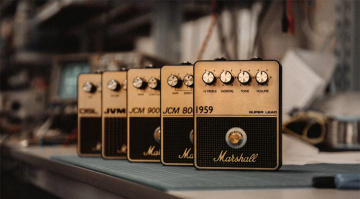
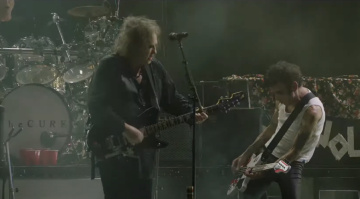

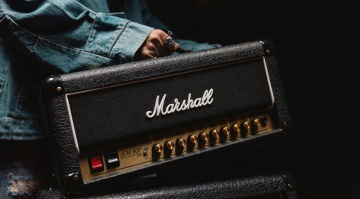

OOOHHH YES. I LOVE MEEE SOME AC\DC BIGGG. TIME